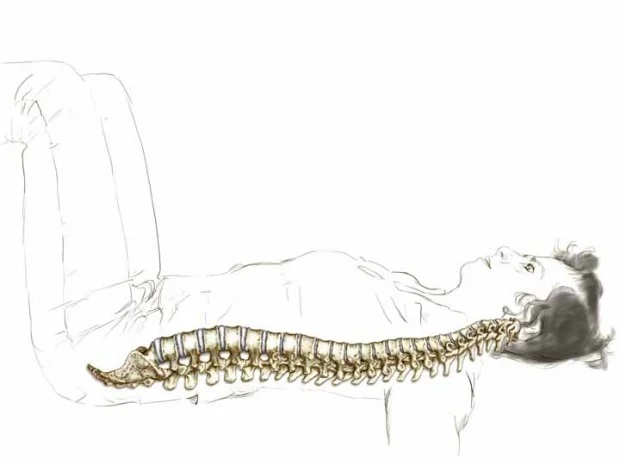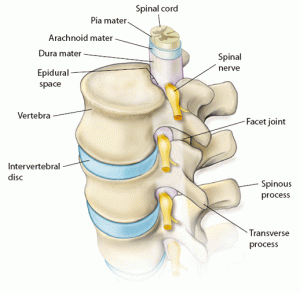Enliven Your Spine, Part 2
/Begin in a seated position as you did in Part 1 of this exploration. Imagine that each of your vertebral bodies contains a light source. When you inhale, the lights brighten; when you exhale, they dim. Imagine that the 24 vertebrae and sacrum can each project a distinct beam onto a wall a few feet in front of you. Each time you breathe in, your spine subtly extends, and that makes the light beams on the wall spread slightly apart from each other—visualize that happening. Breathe slowly and steadily. After every exhalation take a second to sense the weight of your body on the chair and your feet on the floor…
Read More













